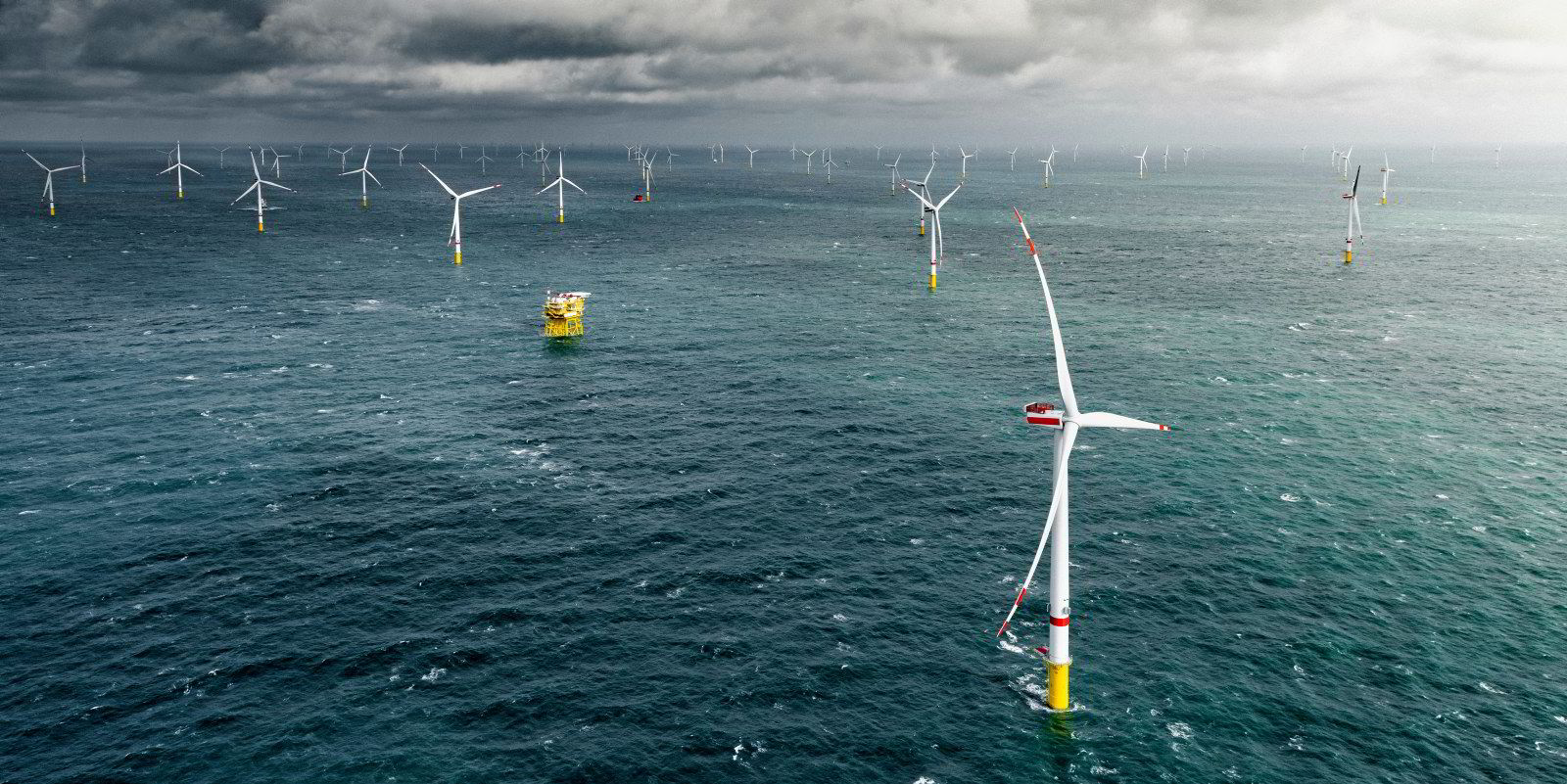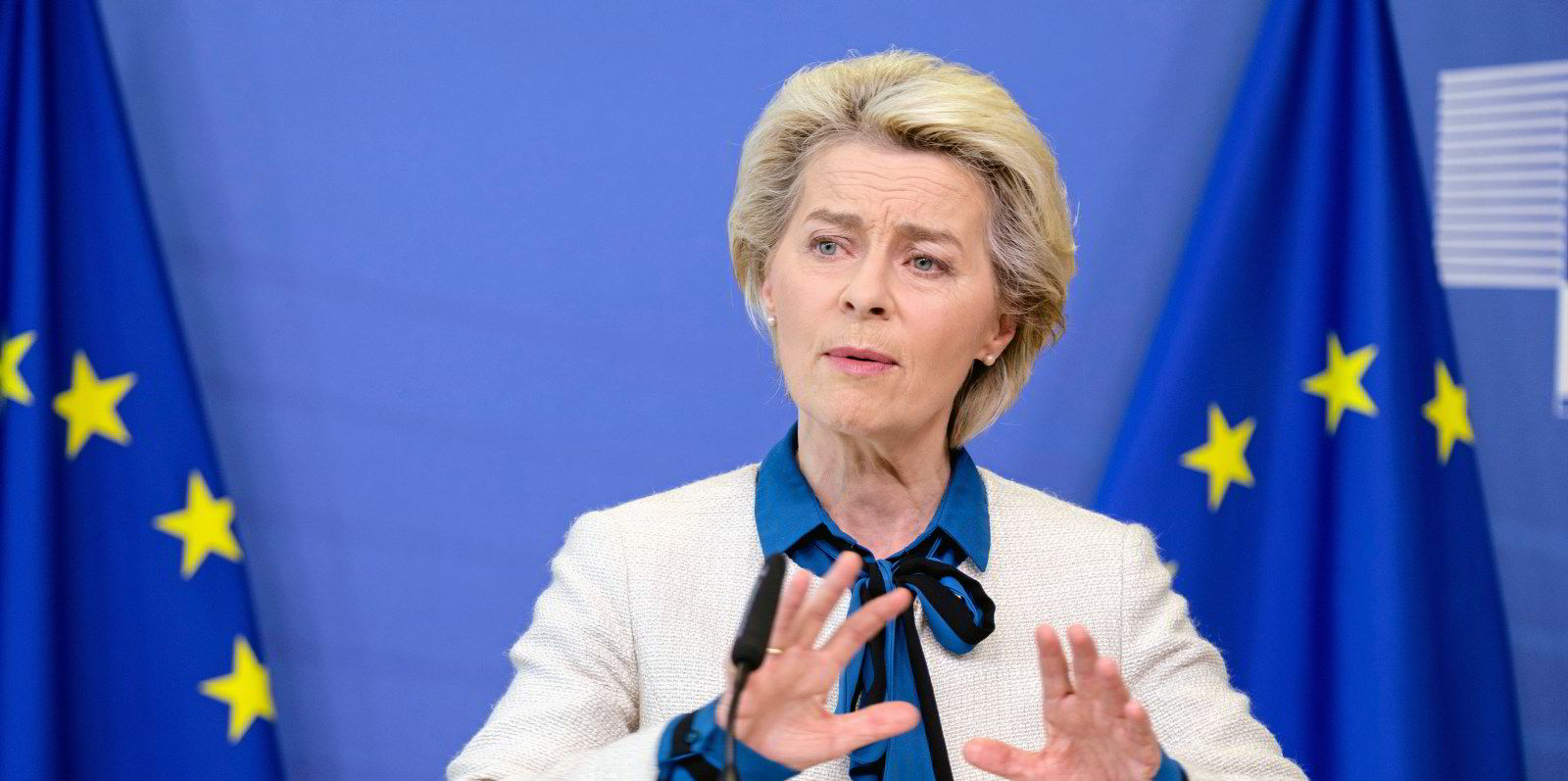Copenhagen Infrastructure Partners (CIP) wants to build a “first of a kind” artificial island in the North Sea dedicated to large-scale production of green hydrogen made using electrolysers powered by up to 10GW of offshore wind and then exported across northern Europe.
The island to be called 'BrintØ' (in English ‘Hydrogen Island’) would be built in the Danish part of the Dogger Bank, an extensive sandbank in the middle of the North Sea spanning UK, Dutch, German and Danish waters and said to offer some of the world’s best conditions for producing low-cost green electricity, thanks to low water depths and strong wind resources.
The island will be able to produce around one million tonnes of green H2 per year when fully built out, which could meet about 7% of the EU’s expected hydrogen consumption in 2030, CIP said.
The investor and developer made the announcement after the four EU North Sea countries on Wednesday at a summit in Esbjerg, Denmark, pledged to boost their combined offshore wind capacity to 65GW by 2030, and 150GW by 2050.
“The Danish, German, Dutch, and Belgian ambitions for the North Sea show the rest of the world how the green transition can be turbocharged if you dare to think big, internationally and in integrated systems,” CIP partner Thomas Dalsgaard said.
“Green energy will be harvested on a large scale out at sea, tied together by energy islands, converted into green hydrogen, and transported across borders via offshore hydrogen infrastructure.
“The opportunities are significant, and the Danish BrintØ is the first step in that direction.”
CIP and German investor Allianz Investment Management (AIM) yesterday had already announced they will carry out a feasibility study on an artificial energy island in the German part of the North Sea that could produce both electricity and green hydrogen. CIP together with Spain’s Acciona and other partners is also bidding to build Denmark’s first artificial energy island as part of the Njord Group, which could also produce both power and H2.
As well as the new Danish hydrogen island plan, there are already two other giant projects eying to tap into up to 10GW each of North Sea offshore wind for H2 production – the AquaVentus initiative around the (real) German island of Heligoland backed by oil majors Shell, Equinor and utility RWE, and the NortH2 plan backed by Shell, Gasunie and Groningen Seaports.
BrintØ and adjacent energy islands are slated to produce very large amounts of green H2 from offshore wind for export to nearby countries, such as Germany, the Netherlands and Belgium, CIP reckons. It is supposed to create a foundation for the production of sustainable green fuels via power-to-x and green energy systems.
CIP also said that Denmark through the hydrogen island has a unique opportunity to secure a strategy role in relation to the expected development of a wide-ranging network infrastructure at sea – spanning from energy islands to power cables and some 275km of dedicated hydrogen pipelines across the North Sea’s territorial boundaries.
“It is critical that the Danish flag is planted quickly and strategically in the new expansion of green energy infrastructure in the North Sea,” Dalsgaard said.
“This will help to ensure that both our and future Danish and European generations can continue to benefit from the sustainable and inexhaustible energy source that the North Sea offers.”




